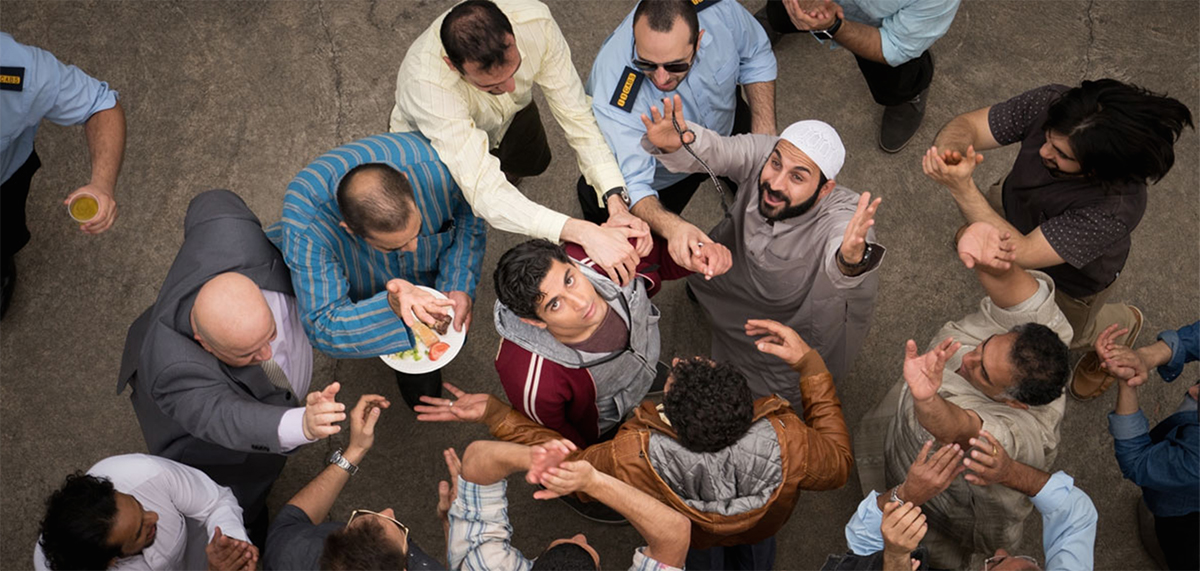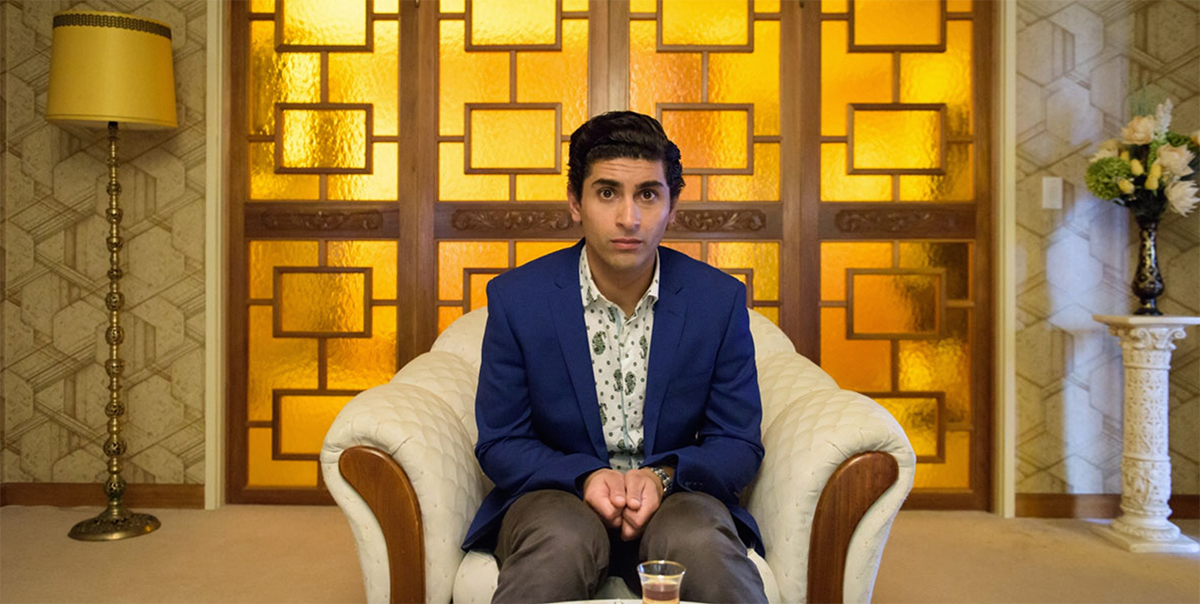
The Loop
On our recommended arts reading list for the week, smart creative thinkers offer new ways of looking at an increasingly incoherent world: from The Wire creator David Simon’s approach to political storytelling to Jason Di Rosso’s analysis of the figure of the migrant in Australian cinema, to the new Slow Art theory.
A Guardian piece on The Wire creator David Simon’s new project, The Deuce — about the rise of the porn industry in 1970s New York — offers a tour de force on the journalist and television innovator’s analyses on everything from the monetisation of the US presidency to the ways that sex work differs from other forms of labour (in that sex workers sell direct access to their bodies: “flesh is the commodity here”), and the role of storytelling in an increasingly divided and incoherent society:
“Simon is animated by the perpetual struggle between capital and labour and believes that, after the ravages of Ronald Reagan, Margaret Thatcher and globalisation, and the anti-establishment anger that produced Donald Trump and Brexit, the argument for unions and collective bargaining is as vital as ever…
“‘What I stumbled into seemed to be a ready-made critique of market capitalism, and what happens when labour has no collective voice, and that seemed to be apt for this moment because I think a lot of the lessons of the 20th century are going to have to be learned all over again thanks to Reagan and Thatcher and all the neoliberal and libertarian argument that has come after,’ says Simon, 57, unfailingly intense as he leans forward on a sofa.”

A recent local film has reignited discussion on the figure of the migrant in Australian cinema. Ali’s Wedding is a conventional, feel-good romcom except for one thing: its leads are both Muslims. RN’s Jason Di Rosso penned a sharp piece of analysis on Ali’s Wedding, arguing that in failing to take on the broader context of racism in Australian society, it lies at the more conservative end of the spectrum. The piece offers some fascinating background context to the uncertain place of migrants in local storytelling and a neat counterpoint to Steve Dow’s recent piece on the screen industry’s bleak commercial and creative imagination. Di Rosso writes:
“Australian migrant comedy, with its roots in pantomime and community theatre, has never quite emerged into a cinematic sub-genre in its own right. That said, you recognise it when you see it. There are the first generation characters, who speak in thick accents, sometimes comically misreading the new country, other times offering surprising insights. Then there’s the second generation, who straddle two cultures but are typically beset by an identity crisis.
“At the more radical end of the spectrum — in Paul Fenech’s TV shows like Fat Pizza, for example — the swirling tensions of race, class and generational change never resolve. Chaos reigns and the centre doesn’t hold. At the more conservative end, in films like They’re a Weird Mob [1966], a resolution always beckons. The new country is forgiven for its shortcomings, while the migrant’s arduous journey results in a measure of contentment. The Australian romantic comedy Ali’s Wedding sits in this latter category, and it has something significant to say.”
What is the work of art in today’s age of…something?! As astute as ever, ArtNet critic Ben Davis sets out what slow art might mean today. The essay is in response to Pomona College literature professor Arden Reed’s new book, Slow Art: The Experience of Looking, Sacred Images to James Turrell, which sets out an otherwise missing theory about what he sees as a new aesthetic field:
“The term ‘Slow Art’ may be a contemporary coinage, but Reed sees a prehistory to the idea. ‘At first I assumed that Slow Art was ahistorical — that it was what happened whenever the beholder and the beheld meshed,’ he explained. ‘I realized over time that, in fact, Slow Art is historical. It’s a product of modernity.’
“In essence, there was no Slow Art before about 250 years ago, because life was just slow in general. Reed argues that as capitalism and urbanisation sped up the tempo of civilization, and Enlightenment secularization stripped away forms of devotional practice that were experienced in church, the church-like experience of art took on a new, consoling function as a way to step outside of the breakneck pace of life.”
–
Top image credit: Ali’s Wedding






